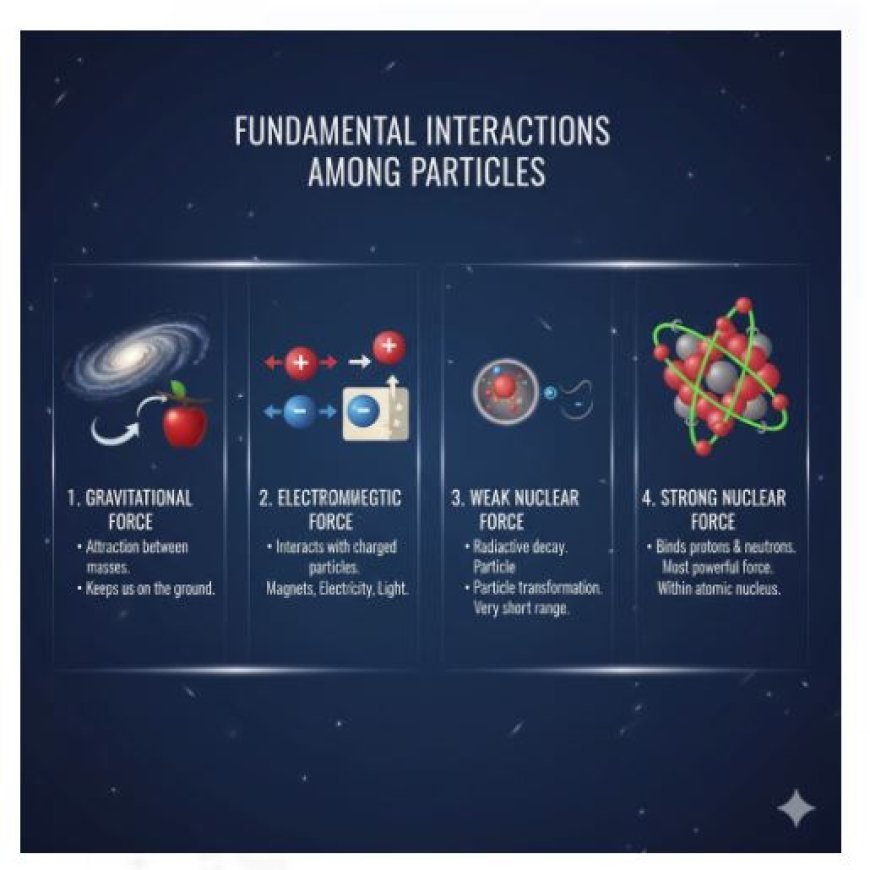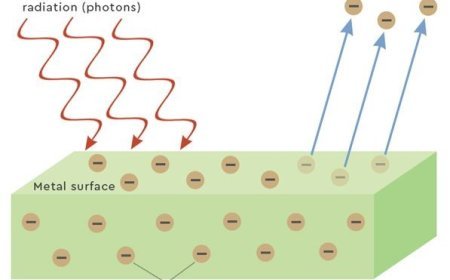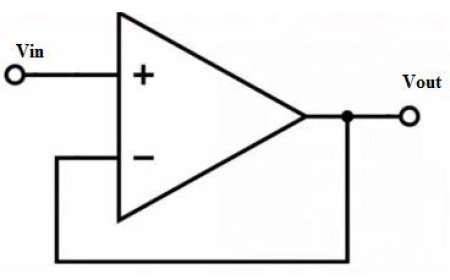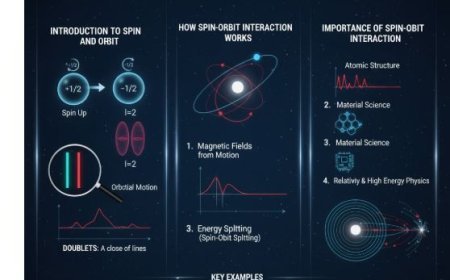Fundamental Interactions Among Particles
Fundamental interactions are the basic forces that control how particles and matter behave in the universe. There are four known interactions — gravitational, electromagnetic, weak nuclear, and strong nuclear forces. These forces explain everything from why objects fall to the ground to how atoms hold together. This article explores the nature, characteristics, and real-life examples of each fundamental force, showing how they shape the structure of matter and the universe itself.

Fundamental Interactions Among Particles
Physics is an interesting subject that studies the basic parts of matter and the forces that affect how they act. This study focuses on basic interactions that explain how particles engage with each other.
Basic Interactions
Fundamental interactions, or forces, are the basic ways that objects influence each other. In physics, there are four known basic interactions:
- Gravity
- Electromagnetic Force
- Weak Nuclear Force
- Strong Nuclear Force
These interactions help explain many things, like why an apple falls to the ground and how particles behave in an atom's center.
1. Gravitational Force
- Definition: The gravitational force is the pull between two masses. It is the force that draws things together.
- Characteristics:
- It is always appealing and never unappealing.
- The strength of this force relies on how heavy the items are and how far apart they are. The bigger the masses and the closer they are to each other, the stronger the pull of gravity.
- We stay on the ground because of Earth's gravity.
2. Electromagnetic Force
- Definition: The electromagnetic force is the way charged particles affect each other. It can be appealing or unappealing.
- Characteristics:
- It manages electricity, magnetism, and light.
- Like charges push away from each other (for example, two positive charges), while opposite charges pull toward each other (for instance, a positive charge and a negative charge).
- Example: When you rub a balloon on your hair, it gets charged and can stick to walls or pick up tiny bits of paper.
3. Weak Nuclear Force
- Definition: The weak nuclear force helps explain how some particles interact, especially during their breakdown, like in radioactive decay.
- Characteristics:
- It works over a very short distance, about 0.1% of the width of an average atomic nucleus.
- This force is weaker than both the strong nuclear force and the electromagnetic force, but it is important for things like nuclear fusion.
- Everyday Example: Neutrons changing into protons shows how the weak force works.
4. Strong Nuclear Force
- Definition: The strong nuclear force is the force that keeps protons and neutrons together in the center of an atom.
- Features:
- It is the most powerful of the four basic forces.
- It works over very short lengths, about the size of an atomic nucleus.
- Atomic nuclei can exist because of the strong nuclear force, even though positively charged protons repel each other.
What's Your Reaction?



































